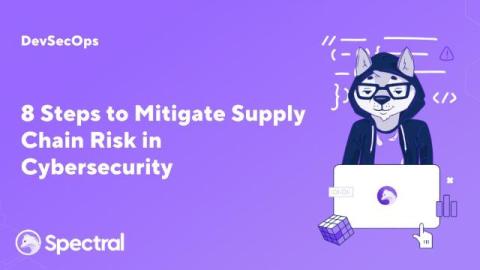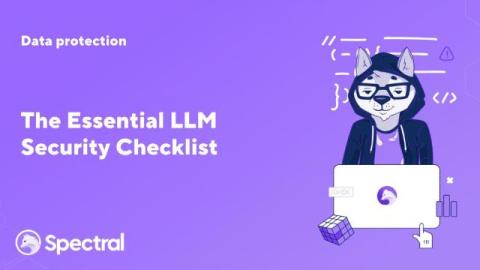8 Steps to Mitigate Supply Chain Risk in Cybersecurity
You don’t control most of the code in your software. Unfortunately, that’s the reality of today. Open-source libraries, third-party components, and vendor integrations make up the bulk of most modern applications because they save time and resources, allowing you to build on existing frameworks rather than reinvent the wheel. But with every supply chain component, you’re opening a potential doorway for attackers to exploit.




